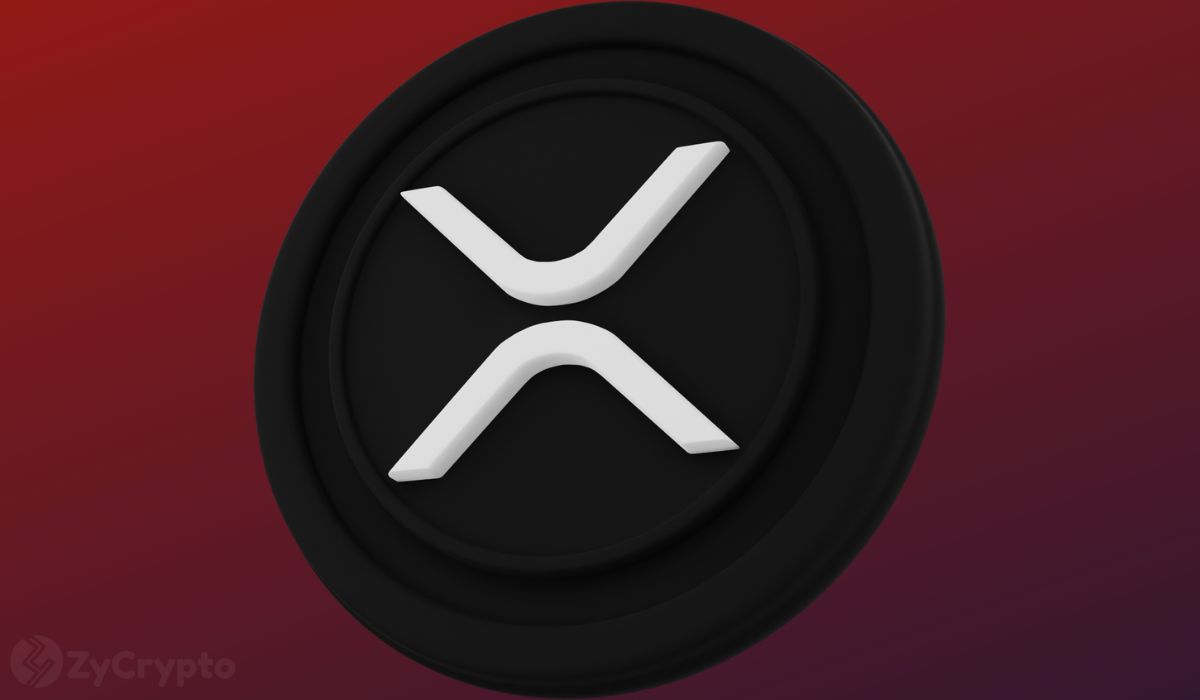The debate over which digital asset will anchor the future of global finance has persisted for more than a decade. Yet Ripple’s chief technology officer, David Schwartz, recently sat down with Eleanor Terrett, who highlighted on X what many industry analysts now call one of the most revealing XRP interviews of the year.
In the discussion, Schwartz challenged the long-standing belief that Bitcoin can dominate global finance on its own. He argued that no single blockchain can shoulder the demands of the modern payment system.
Instead, he said the industry’s success will depend on multiple networks working together rather than one chain claiming absolute dominance.
Why Bitcoin Alone Cannot Carry the Global System
Schwartz explained that early Bitcoin tribalism discouraged experimentation and slowed the industry’s progress. However, he noted that institutions today have moved beyond that mindset.
According to him, XRP is not a competitor trying to replace Bitcoin; it is a network designed to perform tasks Bitcoin was never intended to handle.

 
He stressed that XRP fills a gap that becomes more evident as financial markets move toward real-time, cross-border settlement.
In the interview, Schwartz emphasized the engineering decisions that set XRP apart from competing chains. He mentioned that XRP was not forked from Bitcoin, does not use proof-of-work, and introduced major capabilities before these features were standardized across the industry.
The issued assets and a native decentralized exchange, for example. Schwartz characterized the XRP Ledger as a suite of curated financial tools built as an efficient means to settle, move assets, and provide liquidity.
Schwartz emphasized that XRP benefits from every new development within its ecosystem. He explained that XRP pays network fees, serves as the asset everyone can hold, and functions as the automatic bridge for routing trades.
Most users, he said, do not realize how often XRP moves behind the scenes when stablecoins, liquidity pools, or tokenized assets interact on the ledger.
XRP’s Position in the Next Phase of Global Finance
Looking ahead, Schwartz predicted that blockchain will begin replacing core components of traditional finance within the coming years.
He mentioned that lending, cross-border transfers, retail banking, and investment products will increasingly operate on-chain.
In this transition, he described XRP as a neutral settlement asset capable of moving value quickly across borders and linking jurisdictions that do not share a common financial standard. He said this structural role gives XRP a place in the emerging global system that Bitcoin alone cannot fulfill.
